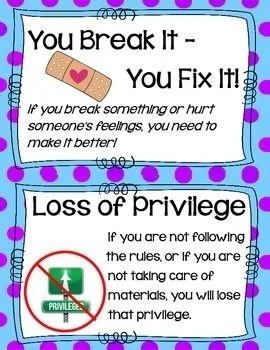Behavior Management
Our class is a family. We cultivate a community of kindness and respect. Promoting good behavior keeps our family safe and happy.
In our classroom students have the opportunity to earn Sherry’s Shells. As a family we all need to work together. Students can earn shells by doing their classroom job well for the week, exhibiting good behavior, showing kindness to others, etc. Each week they can then turn in their shells for a prize ticket for fun rewards like, bringing a stuffed animal to school for a day, sitting in a special chair for the day, have lunch with the teacher, leading a lesson, bringing something special from home to share with the class, etc... The students will help come up with the rewards they want. They will each cost a different amount of shells motivating students to “save up” for the prize they want, plus it motivates students to learn math.
I will also send positive letters or make positive calls to parents for behavioral progress so parents know the good things their student is doing, and they can also be proud of their child. This will help with the home-school connection and helps students want to do better because they are getting extra positive feedback from home.
Students are encouraged to work together. I will have a marble jar that I will add marbles to when the class is behaving well or working hard and when it reaches a certain level then the whole class gets rewarded with a class party, or another reward that the students decide on.
When a student is behaving inappropriately or in violation of a classroom agreement, I will address it immediately. I will first give a reminder to the class of the agreement that is being broken, saying something like, “Remember class, we agreed to be respectful to one another” making sure not to call the student out in front of the other students. If the behavior continues, I will then speak to the student privately to find out why they are having a issue with keeping the agreement. If the behavior continues, I will give a logical consequence for the behavior.
Minimal: talking when they shouldn’t be, making annoying noises, moving around the room when they need to be seated
Moderate: cursing, yelling, refusing to do assignment
Significant: throwing things, breaking stuff, hurting another student, bullying
Imagine a pattern of little green spots, BREATHE in with the swirls and out with the dots.
My emotions are now in this peaceful place. I will be CALM when I leave this space.
by Diane Alber
Consequences will be agreed upon at the beginning of the school year and can include things like apologizing or writing an apology letter to a student they hurt, and having a discussion with the student about the natural consequences of their behavior, like that student no longer wanting to be their friend or that student doing the same thing to them and how that would feel. Having the student go to the “peace corner” to find their peaceful spot and calm down and then going over to speak with them to problem solve appropriately. If they are breaking an agreement I will give a reminder, “Let’s make sure we are using our walking feet” if the student continues the behavior I may say, “John, did we forget how to use walking feet?” if he says no but then continues, I will say “Your actions tell me you’ve forgotten, let’s arrange a time to practice. What works better for you, recess or after school?” Making sure I remain calm and speak in a respectful tone.
By using logical consequences, coming up with agreements together, and giving students a reminder when they are breaking an agreement helps them to be responsible for their own behavior. They know what is expected of them and if they have forgotten they get a reminder and can make a better choice. If they choose to continue the unwanted behavior the consequence is logical and was decided on when the agreements are made so they know what to expect.




